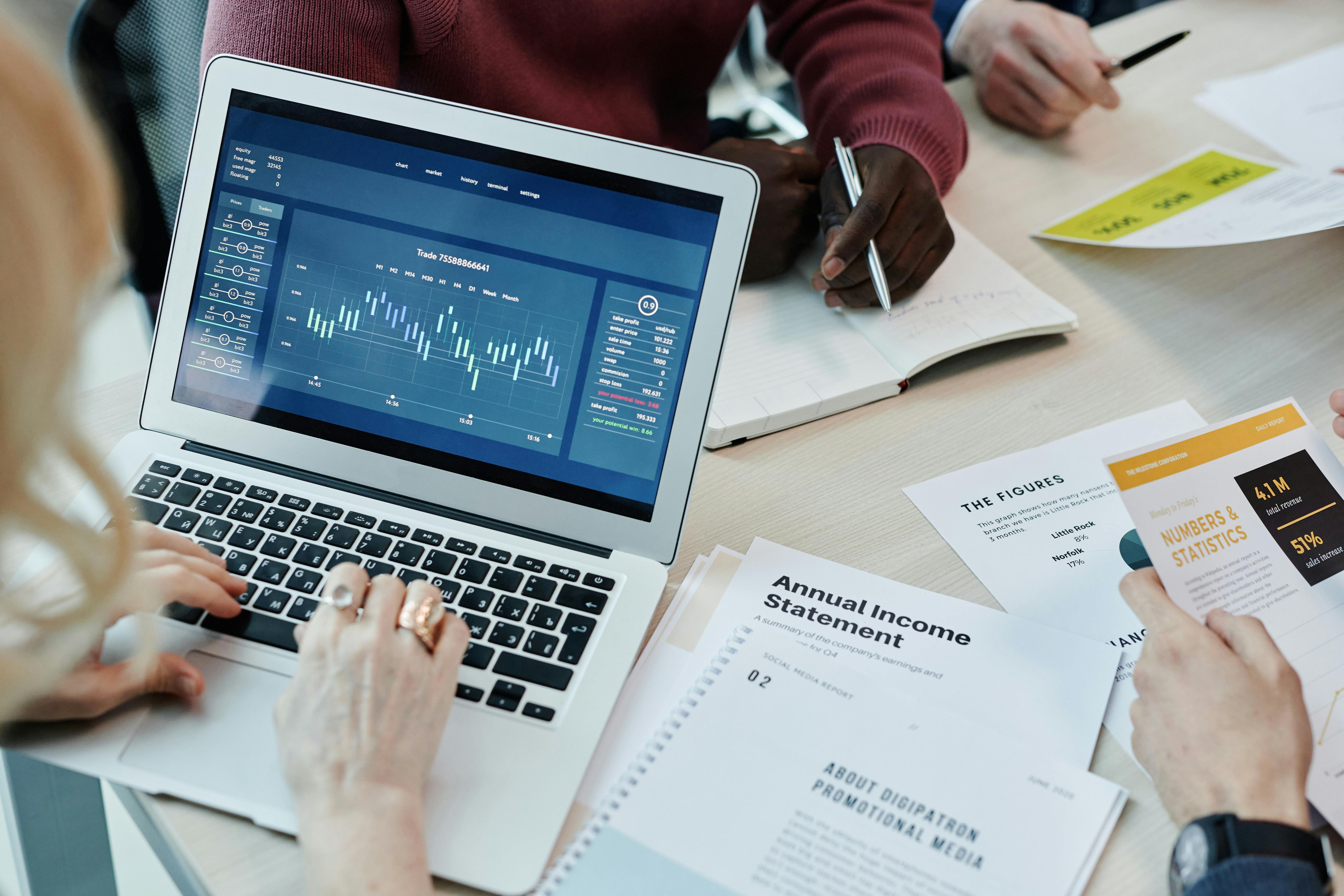Published: July 2025
Since its full-scale invasion of Ukraine in 2022, the Russian Federation has experienced a profound shift in its economic architecture. This whitepaper explores the transformation of Russia into a war-dependent economy, where growth, employment, industrial output, and state revenue are increasingly tied to ongoing conflict and military expenditures.
In defiance of global sanctions and economic isolation, the Kremlin has reoriented the economy around militarization, central planning, and autarky. While this has enabled short-term stability and even growth in some sectors, it raises serious risks for long-term sustainability, economic diversification, and societal welfare.
Russia's economy has long relied on resource extraction—particularly hydrocarbons—as its primary engine of growth. However, the Ukraine war and subsequent sanctions regime have upended this model. With constrained access to Western markets, technology, and capital, the Kremlin has aggressively pursued military-industrial expansion as both a substitute growth strategy and a political necessity.
Key themes addressed:
Defense spending now constitutes over 40% of the federal budget (2025), up from 17% in 2021. Military expenditures exceeded 9% of GDP in 2024—surpassing all post-Soviet records.
Arms manufacturing, logistics, and state-controlled military suppliers have absorbed a disproportionate share of industrial capacity, labor, and R&D. Over 5 million Russians are directly or indirectly employed in defense-related industries, according to Moscow’s Ministry of Industry and Trade.
Due to sanctions and isolation, civilian industries are stagnant or contracting. However, state procurement—especially for tanks, ammunition, missiles, drones, and uniforms—has sustained industrial activity. Factories that once produced tractors, automobiles, or machine tools now serve military contracts.
For example:
The EU, U.S., UK, Japan, and other G7 nations imposed severe export bans, freezing assets and excluding Russia from SWIFT. In response, Russia pivoted to China, Iran, North Korea, and the Global South for both imports and military-industrial partnerships.
Import substitution remains largely aspirational. Although domestic production has increased in some areas (e.g., agriculture, small electronics), high-tech goods like semiconductors and optical systems are still imported via gray markets or military smuggling networks.
Retail, services, and construction have declined significantly. Over 50% of major Western brands exited Russia by mid-2023. Consumer goods shortages and inflation (which peaked at 19.8% in 2023) have diminished household purchasing power.
With low foreign investment and minimal private capital inflows, the state now accounts for over 70% of total economic activity—a sharp turn from the semi-liberal 2000s.
The war economy ensures near-full employment in regions where alternative industries are absent. Defense factories and military recruitment centers offer one of the few stable sources of income—especially in rural and peripheral regions.
Conscription, military benefits, and state subsidies (including war widow pensions and wounded soldier stipends) have created a militarized welfare state.
The state’s narrative of existential conflict legitimizes economic sacrifice, central control, and repression. By linking economic hardship to patriotism and survival, the Kremlin has transformed economic scarcity into ideological loyalty.
While the war economy provides short-term insulation against collapse, it is deeply vulnerable:
Russia is no longer a resource-based economy in transition—it is becoming a war-based economy in stasis. The state's economic survival now hinges on prolonged militarization, conflict-driven demand, and the suppression of civilian alternatives.
Without external pressure, regime change, or a decisive end to hostilities, Russia's war economy will remain its dominant—and dangerous—modus operandi.







